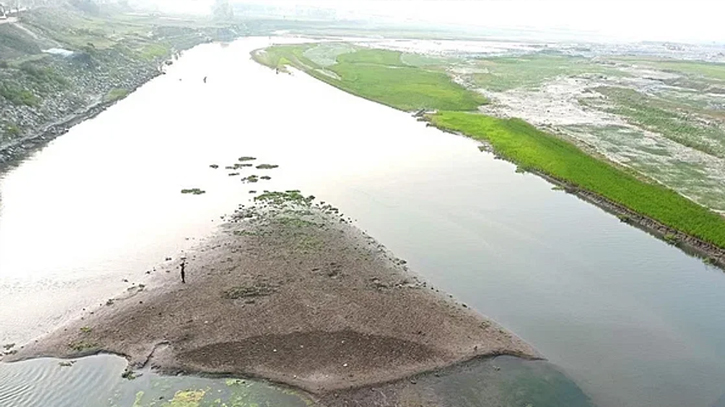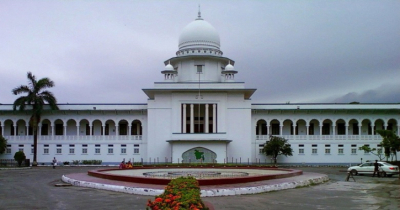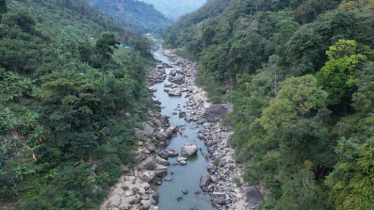
Photo : Collected
During the midst of summer, when most water bodies shrink due to scorching heat, a remarkable exception emerges in the form of the Brahmaputra River in Gaibandha. Over the past three days, the river has surged by 87 cm, breathing life back into its waters thanks to the melting Himalayan ice.
Reports from the Gaibandha Water Development Board reveal that both the Teesta and Brahmaputra Rivers began their ascent on April 30th. At Phulchhari Point, the water level rose from 13.59 meters to 14.46 meters by the morning of May 2nd—a tangible testament to the river's resurgence.
Venturing to Balasighat in Phulchhari Upazila, one witnesses the early onset of rising waters, a harbinger of hope for the community. Engine-driven boats, long dormant in the dry riverbed, now glide effortlessly upon the rejuvenated Brahmaputra.
Rakib Mia, a seasoned boatman, recounts a four-month drought in which his livelihood lay dormant. However, with the recent surge in water levels, navigation has resumed, bringing renewed prosperity to the river-dependent populace.
Executive Engineer Hafizul Haque of the Gaibandha Water Development Board attributed the increased water levels to Himalayan ice melting in India, a seasonal occurrence enhancing river navigation channels that had previously dried up. Reassuringly, despite rising waters, the region faces no imminent flood risks.
Hafizul indicated uncertainty regarding forthcoming weather patterns, emphasizing the importance of monitoring potential rainfall predictions. As nature's cycles continue, the Brahmaputra River stands as a resilient force, sustaining livelihoods and ecosystems alike amidst the ebb and flow of the seasons.
Yet, uncertainties loom on the horizon. With no definitive forecast on rainfall patterns, the future remains veiled in uncertainty. The delicate balance between nature's bounty and its potential for havoc underscores the need for vigilance and preparedness in the face of environmental fluctuations.
As the Brahmaputra flows, its journey intertwining with the lives of those it sustains, it serves as a poignant reminder of nature's enduring power and the intricate dance between the elements.
Messenger/Fameema








